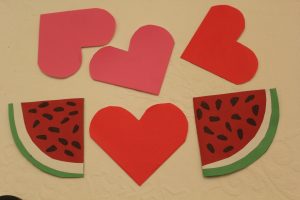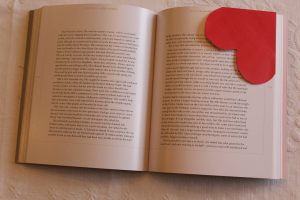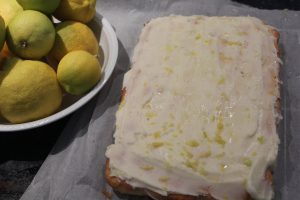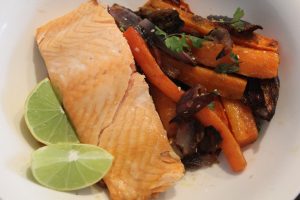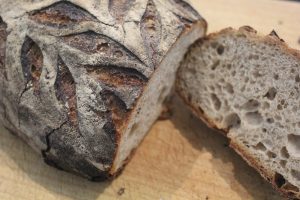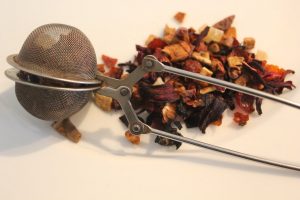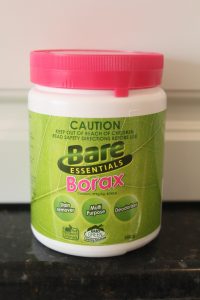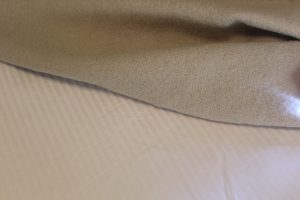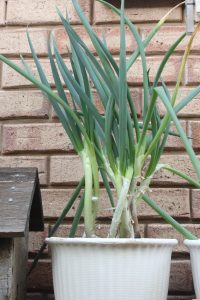MATTRESS IN A BOX
We needed a new mattress and went to the bed shop to start looking at what was available. We’d done some online research and knew the level of support we’d prefer. The sales lady was lovely and showed us two suitable mattresses and we lay on both. They were very comfortable.
We went away to consider our options. Both mattresses recommended were expensive, but really about the price we’d expected from our research. Later that evening my husband was looking at information about the two recommended brands and came across a Choice ( consumer testing and recommendation publication) site which had assessed a range of Mattress in a Box products.


They rated very well. He looked at user reviews, most of which were very good, too. We started looking at what was available and decided we would try one! The obvious advantage was the price difference for a mattress with similar springs, latex, memory foam and other features. We’d been looking at the mattresses with bases costing $1800 and $2500. The boxed mattress delivered was a fifth of the cost of most expensive mattress.
The box finally arrived. We expected it to come within five days. We ordered 3rd of July, it arrived 24th of July after many, many texts and phone calls.


The compressed mattress is well protected and was clean and fresh. We rolled it out on the floor and left it to settle.


Wheezing and sighing, the mattress quickly decompressed and puffed up into a proper shape.


The literature which came with the mattress recommended leaving it 24 hours to fully expand. We have been unable to register the mattress to activate the warranty as the site doesn’t work. I’ll try scanning the Q code and see what happens.


After 24 hours it looked like a regular mattress. We re-used our previous base. The mattresses we looked at in the bed shop were pairs, that is a base and mattress.


The first tester is still assessing the comfort and suitability of the mattress. We will sleep on it tonight.
General Comments.
This is a very economical mattress by comparison but we could find no reviews from people who had slept on them for more than four years. We are happy to wait and see.
We ordered online and could only text the company representative. This became very frustrating as delivery was such a problem. Expected within days it actually took 21 days and that eventually involved daily texts and promises about delivery on Monday 13th, then Tuesday 14th, then “later in the week” so stayed at home Thursday and Friday. No mattress. Started texting again on Monday, then Tuesday 21st at which point we were sent a tracking number. The freight company didn’t recognise the number and it took A LOT of time and effort for them to find the box. It sat at their depot until Friday 24th July when it was delivered mid-morning. We were enormously inconvenienced by staying home waiting for delivery which failed to eventuate, day after day.
The mattresses we looked at in the bed shop were made in Australia. The mattress we bought gave no country of origin information online but is made in China.
CV-19 is very well controlled in Western Australia but we didn’t want to go into the bed shop and lie on mattresses. The pillows supplied were covered in protective sheets for our use but we’d rather avoid doing this again at this time.
THE WINTER GARDEN


The self seeded tomato was covered in flowers and I was very pleased to see some grow into fruit. I don’t know if they will mature into red tomatoes, but I have my fingers crossed.


The arum lily has begun to bloom, too. These are considered a weed in Western Australia but I really like the large, lush green leaves and the beautiful white bloom. I grow them in a garden bed where they can’t escape! I really like to cut them and bring them indoors, too, but also enjoy looking at them out of the window.
WINTER EATING: MUSSELS



Fresh and available here in winter, these are local Leeuwin Coast mussels. I prefer to eat them at home because I always make such a mess prising those tiny delicious morsels of meat from the shell. The little bowls of lemon scented water accompanying mussels in restaurants can’t compete with the mess I make enjoying my seasonal feast, so I eat them in the privacy of my own home!


I make simple sauces to enjoy with the mussels. This year I made a cooking broth from onion, garlic, tomato, white wine, parsley and tinned tomatoes.


Cook the mussels until the bivalve pops open. That means they are cooked. Discard any shells that don’t open, ladle some into a bowl, add a few slices of toasted sourdough ( or any other bread) and another sprinkle of parsley and enjoy.



The recipe is available here. https://www.google.co/search?client=firefox-b-d&q=delish+recipe+mussels+in+tomato+and+garlic
READING
I know botanical art is not of interest to everyone and hesitated to review this book which I enjoyed so much. Ellis Rowan was a successful, fearless and very talented artist who thrived during a period when most respected artist were male. She lived her life on her own terms and created accurate paintings of botanical subjects from many countries but particularly Australia. Her works are still recognised as accurate representations of Australia’s flora in the 1800s. Strong and determined, she succeeded against the odds.


Christine Norton-Evans book about the Australian botanical painter, Ellis Rowan called ELLIS ROWAN: A LIFE IN PICTURES is an amazing account of a remarkable botanical artist and her astounding 50 years of adventure and achievement. This resulted in more than 3 000 works now in private collections and the National Library.
Rowan traveled the world, painting and exploring, often alone, and becoming engaged in 1873 didn’t slow her down. She was known for her glamorous and immaculate grooming but mostly for her botanically accurate representations. Her works depict accurate plants and colours. She generally painted water colours but in later years also used oils.


Cluster fig (Ficus racemosa )
This is the story of an energetic, gifted and determined artist who thrived in a time when males dominated the artistic world. I bought it after reading a review and began flicking through, really enjoying the paintings but then went back and read it properly. It is a great read!
Plastic Free July RECYCLE/REDUCE/REUSE
The old mattress was picked up by a company who recycle all the components. It cost $50 and all work is done in a sheltered workshop. Check options online.
Coffee pods can be recycled by the company who manufactures them. Nespresso have their own collection points and other brands have similar arrangements. Look online for options near you. Percolators, plungers and cafeteria coffee makers (pots used on a hotplate) result in grounds which can be disposed of in the garden or bin.
Please let me know if you have any clever tips.





